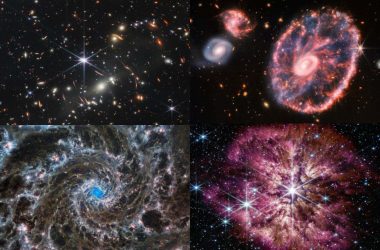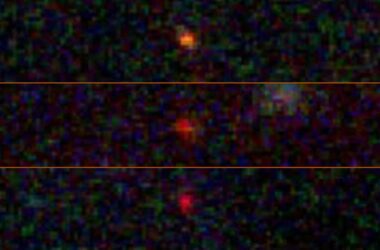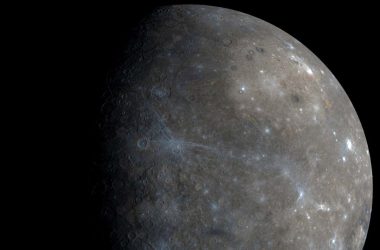Topics:
Understanding Resonant Planetary Systems
A group of six exoplanets found in a resonant arrangement around a distant star has provided scientists with valuable insights into the formation and stability of planetary systems. When planets orbit a star in a fixed, regular pattern, they are considered resonant, remaining unchanged unless disrupted by external forces.
Impressive Resonance and Stability
Researchers, led by Rafael Luque at the University of Chicago, revealed that the resonant system around the star HD 110067, located 100 light years away, consists of six planets orbiting in a flat plane. This extraordinary level of resonance suggests that these planets have maintained their positions since their formation approximately 4 billion years ago, offering a unique window into the past.
Insights into Mini-Neptunes and Potential Habitability
The planets within this system, classified as “mini-Neptunes”, are smaller gas planets with orbits shorter than 50 days. Their unique characteristics and close proximity to their host star make them an intriguing subject for further observation and study. The team speculates that three of the planets could potentially harbor water, raising the possibility of habitable zones for life.
Future Observations and Discoveries
Given HD 110067’s brightness compared to other stars hosting mini-Neptunes, scientists anticipate that in-depth observations, including those from the James Webb Space Telescope, could provide valuable insights into the planets’ atmospheres and interiors. This exceptional exoplanetary system offers a rare opportunity to expand our understanding of planetary formation and the potential for habitability beyond our solar system.








